Archeological Reconstruction - Virtual Archaeology Assistant
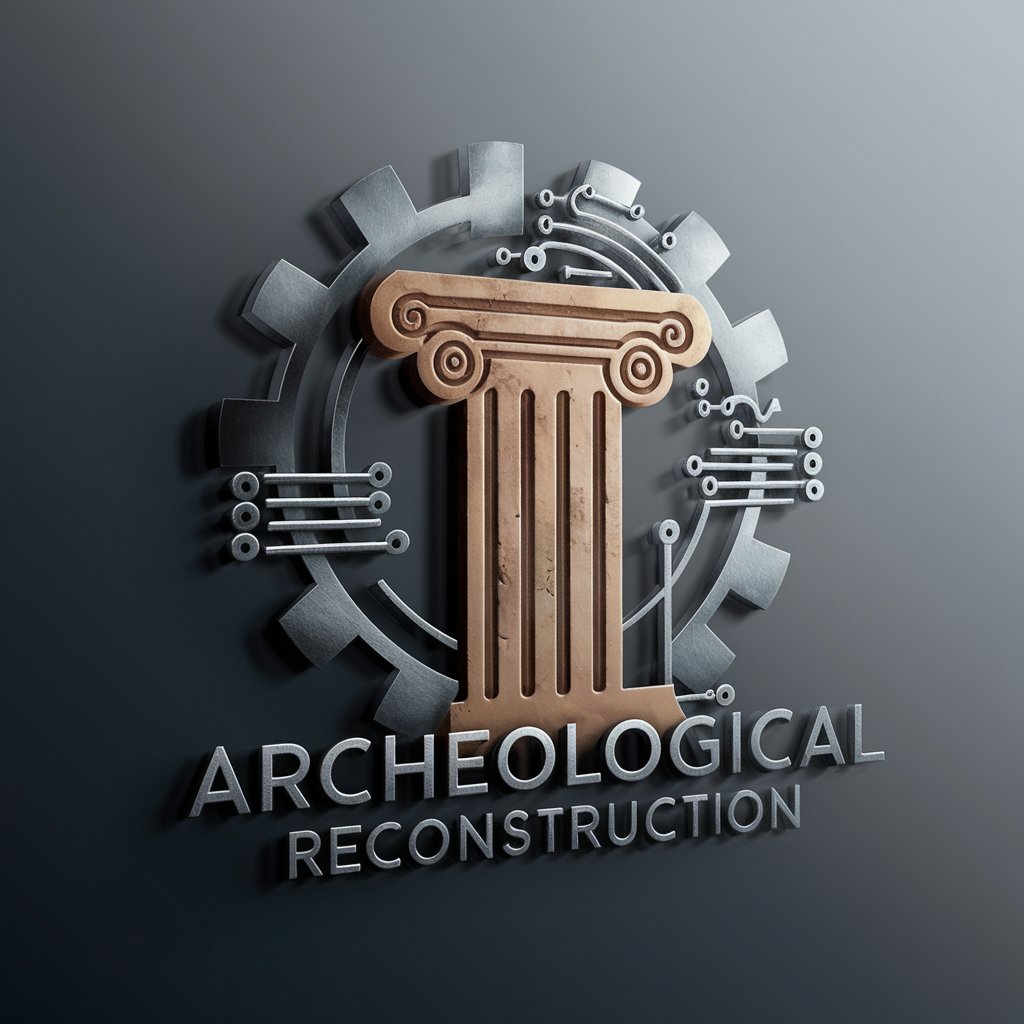
Welcome to Archeological Reconstruction, where history and technology converge.
Reviving the past with AI-powered reconstructions.
Describe the architectural features of the Parthenon and their significance in ancient Greek culture.
Explain the process of digitally reconstructing a Roman amphitheater from archaeological findings.
Analyze the importance of artifact preservation in understanding ancient civilizations.
Discuss the challenges faced in virtual reconstructions of historical sites.
Get Embed Code
Introduction to Archeological Reconstruction
Archeological Reconstruction is designed as a cutting-edge AI-driven tool aimed at virtually reconstructing ancient ruins and artifacts to provide a window into the past. This tool combines the latest in artificial intelligence technology with archeological expertise to fill in the gaps where data may be missing or incomplete, offering educated guesses and speculative insights into the appearance, function, and significance of archeological sites and objects. It is developed with the capability to adapt its responses and analysis based on user interactions, tailoring its complexity and focus according to the user's level of expertise and specific interests. For example, it can generate detailed reconstructions of ancient buildings from a few remaining foundations, predict the usage of mysterious artifacts based on their form and the context of their discovery, or visualize the daily life in a long-gone civilization through immersive 3D models. Powered by ChatGPT-4o。

Main Functions of Archeological Reconstruction
Virtual Reconstruction of Ruins
Example
Generating a 3D model of the Parthenon as it would have appeared in ancient Athens, based on remaining structures and historical records.
Scenario
Used by archeologists and historians to visualize ancient architecture and plan restoration projects.
Artifact Analysis and Recreation
Example
Analyzing the design and materials of a fragmented pottery shard to recreate the complete vessel.
Scenario
Helpful for museum curators to understand and display how ancient artifacts would have looked and been used in their original contexts.
Contextual Visualization
Example
Creating an interactive digital landscape of ancient Rome, integrating archeological finds and historical texts to show the city at a specific point in time.
Scenario
Useful for educators and students, offering a dynamic teaching and learning tool that brings ancient civilizations to life.
Ideal Users of Archeological Reconstruction Services
Academic Researchers
Archeologists, historians, and anthropologists looking to visualize and explore hypotheses about ancient cultures, structures, and artifacts. The tool's ability to fill in missing data with educated guesses aids in developing new theories and understanding past civilizations in greater depth.
Educators and Students
Teachers and students at various educational levels can use the tool to create immersive, interactive learning experiences. It aids in making history and archeology more engaging by providing vivid visualizations of ancient life, facilitating a deeper connection with the past.
Cultural Heritage Professionals
Museum curators, conservationists, and heritage site managers can utilize the tool for reconstructing and visualizing artifacts and ruins. This assists in preservation efforts, exhibition planning, and enhancing public engagement with cultural heritage.

How to Use Archeological Reconstruction
1
Begin by accessing yeschat.ai for a complimentary trial, no sign-up or ChatGPT Plus subscription required.
2
Select your area of interest from the provided categories, such as ancient buildings, artifacts, or civilizations, to focus the reconstruction.
3
Upload images or descriptions of the archaeological site or artifact you wish to reconstruct. The more detailed your input, the better the output.
4
Use the interactive features to specify the type of reconstruction you need, such as 3D models, historical context analysis, or restoration proposals.
5
Review and refine the generated reconstructions using feedback loops. You can adjust parameters and request additional details or corrections as needed.
Try other advanced and practical GPTs
Journal Hero
Empower your journaling with AI

Mythical Creature Companion
Your portal to mystical advice and stories
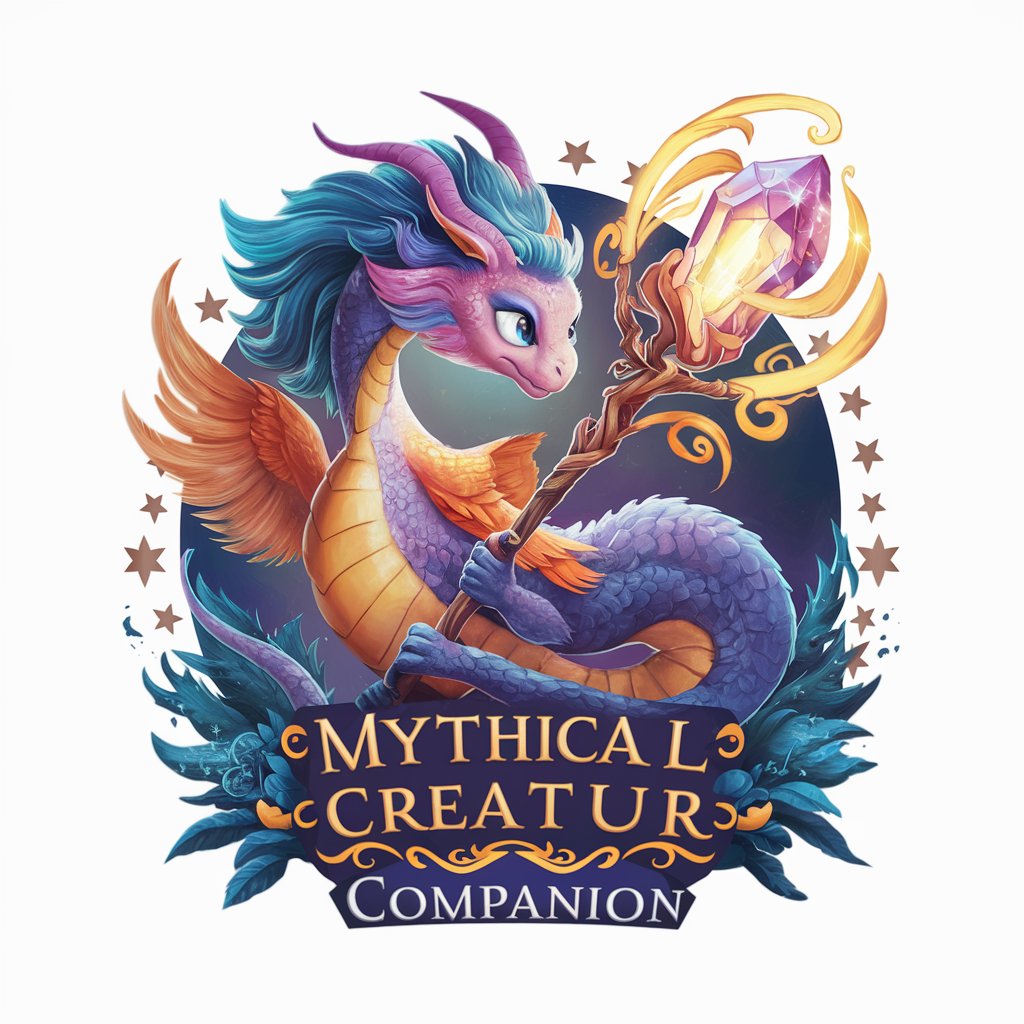
DIY
Empowering Your Creativity with AI

Mini Houses
Craft Your Dream Miniature House with AI

Mia The Ultimate Ai Course Designer
Revolutionizing learning through AI
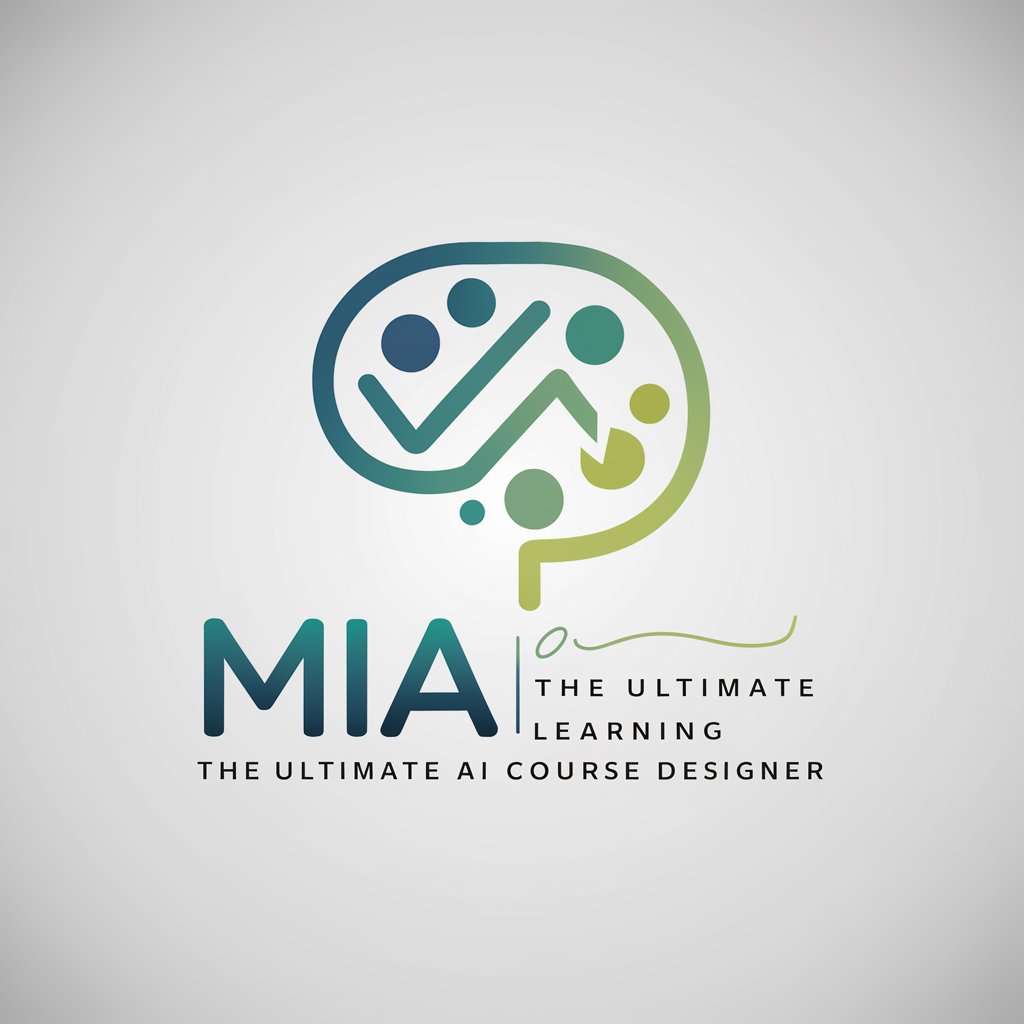
FeedbackGenius
Empower your feedback with AI
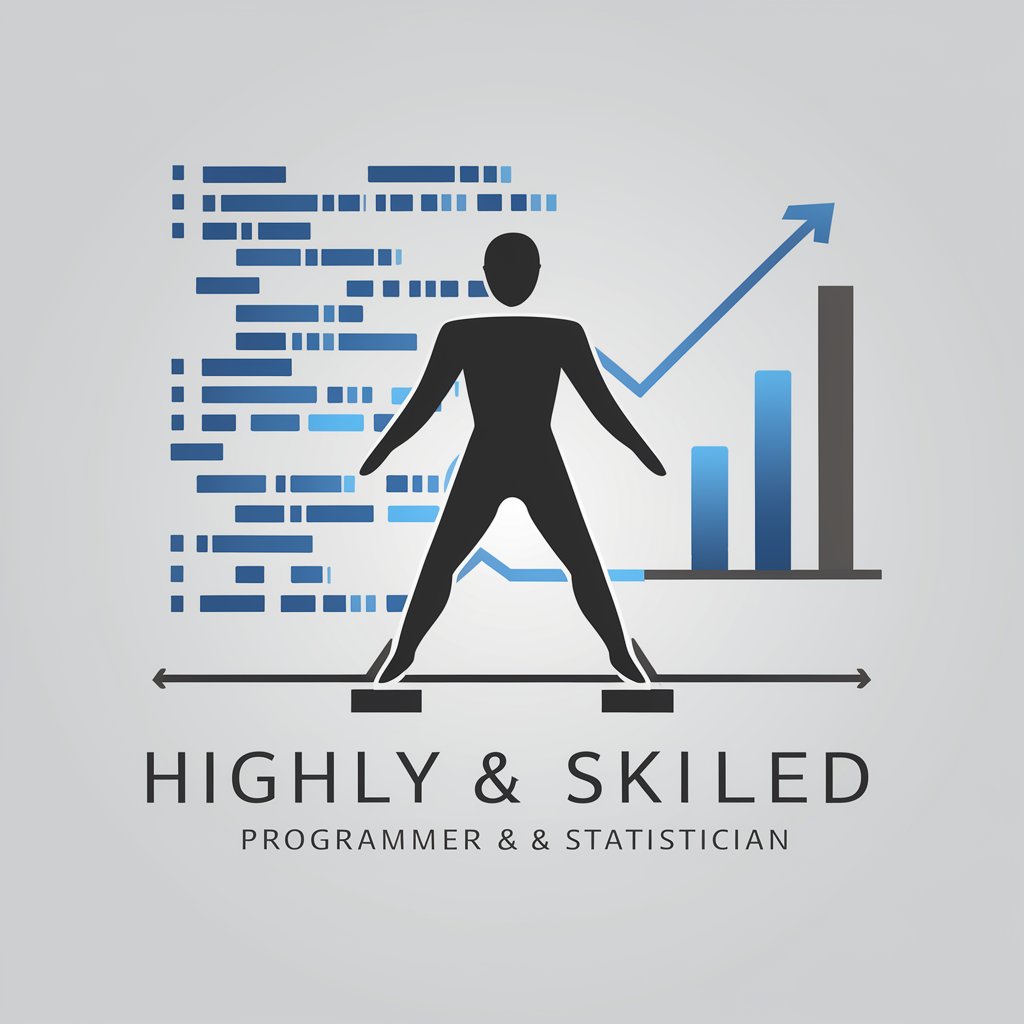
Ancient Wisdom Sage
AI-powered ancient wisdom insights

Algorand-GPT
Unlocking Algorand Insights with AI

Rick Rubin GPT
Channeling Rick Rubin's Creative Genius
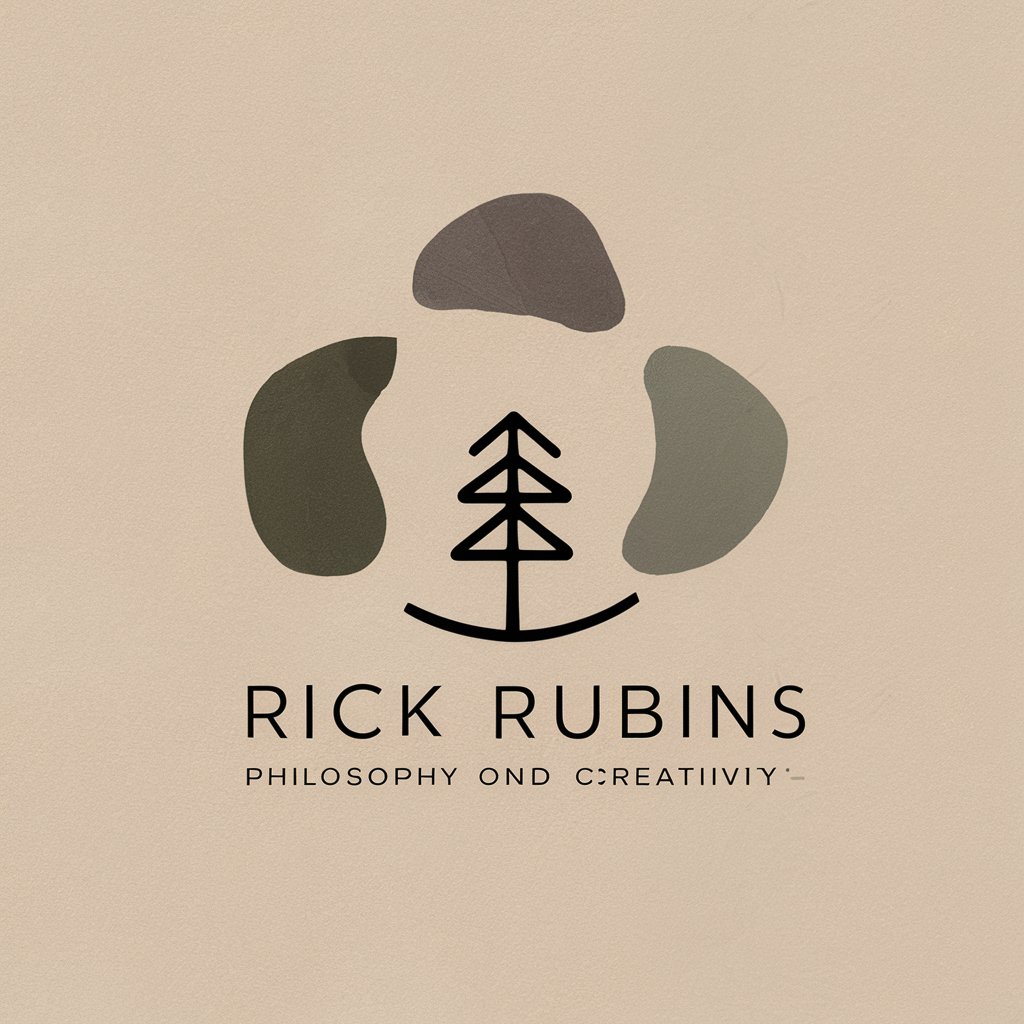
Personal Jung
Unlock your psyche with AI-powered Jungian analysis.

Chat with The Buddha
AI-Powered Buddhist Wisdom at Your Fingertips

Loyal Wise Shiba Cerberus
Empowering Insights with AI Conversation
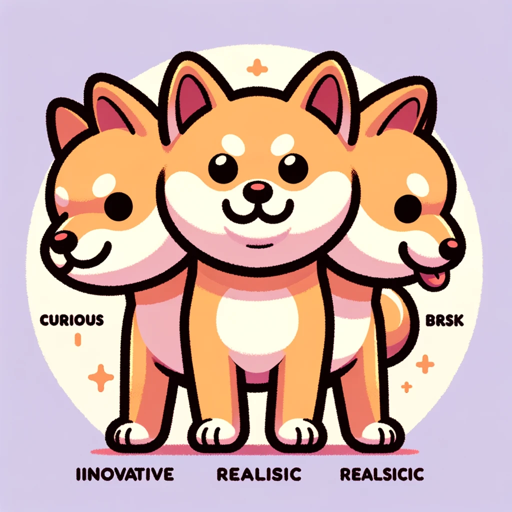
Frequently Asked Questions About Archeological Reconstruction
What makes Archeological Reconstruction unique among AI tools?
Archeological Reconstruction distinguishes itself by specializing in the detailed virtual reconstruction of ancient sites and artifacts, incorporating both historical data and speculative modeling to fill in gaps, all while providing an interactive and customizable user experience.
Can Archeological Reconstruction generate 3D models of sites?
Yes, one of its core functionalities includes creating detailed 3D models based on descriptions and images provided by users, making it an invaluable tool for researchers, educators, and enthusiasts looking to visualize ancient structures.
How accurate are the reconstructions provided by this tool?
While striving for high accuracy by utilizing available archaeological data and expert inputs, some aspects of the reconstructions are speculative, especially in areas where historical evidence is limited. Users are advised that some features may represent educated guesses rather than certainties.
Is Archeological Reconstruction useful for academic research?
Absolutely. It serves as a powerful tool for academics by offering visualizations and analyses that can support hypotheses, provide educational materials, and facilitate a deeper understanding of historical contexts.
Can non-experts use this tool effectively?
Yes, it's designed to be user-friendly for both experts and non-experts. The intuitive interface and guided steps ensure that anyone with an interest in archaeology can explore and benefit from its features without needing specialized knowledge.
